Trading System Based on the Elliott Wave Theory
November 22, 2019
The Elliott Wave method quickly became one of the favourite ways to trade financial markets due to the concept’s simplicity and effectiveness. Ralph Elliott built a Forex trading system that asks traders to answer a simple question: is a market move an impulsive or a corrective wave.
What is an Impulsive Wave?
Also called a five-wave structure, an impulsive wave is labeled by traders with numbers: 1-2-3-4-5. Out of the five waves, the second and the fourth ones are corrective, while the other waves are impulsive on their own.
The 3rd wave cannot be the shortest among the impulsive waves, nor the second wave can retrace beyond the start of the 1st wave. Moreover, at least one wave must extend, and Elliott defined an extension as minimum 161.8% when compared with the next longest wave in the structure.
Types of Impulsive Waves
Based on the extended wave, multiple types of impulsive waves exist. In the order of their occurrence, here are the three types:
- third wave extension
- the third wave is the longest in the structure, and typically is longer than 161.8% of the previous first wave
- first wave extension
- the first wave is the longest in the structure and exceeds 161.8% of the third wave’s length
- fifth wave extension
- the fifth wave is the longest and exceeds 161.8% of the third wave’s length
Depending on the type of the impulsive wave, traders have a different trading strategy, setting the take-profit and stop-loss orders accordingly.
What is a Corrective Wave?
According to the Elliott Wave Theory, a corrective wave is labeled with letters. It is said that any corrective wave is a three-wave structure, despite the fact that most of the corrections have a complex, rather than a simple structure. Therefore, the standard labeling of a corrective wave is a-b-c.
Corrective waves are extremely common on the Forex market. As a matter of fact, the market spends most of the times in consolidation, struggling to trend from time to time. Over sixty-five percent of the time the Forex market spends consolidating, so traders looking for sharp trends will be disappointed. Therefore, understanding corrective waves under the Elliott Wave method is crucial when trading the currency market.
Part of any Forex broker trading educational materials, corrective waves under the Elliott Theory are either simple or complex:
- simple corrections
- flats
- a-b-c structures, with waves a and b corrective, and the c-wave impulsive
- zigzags
- a-b-c structures, with waves a and c impulsive, and the b-wave corrective
- triangles
- a-b-c-d-e structures, with all waves corrective
- complex corrections
- corrections with a small x-wave
- double and triple combinations
- double and triple zigzags
- double and triple flats
- corrections with a large x-wave
- running corrections
- double and triple threes
- double and triple three combinations
Anyone mastering impulsive and corrective waves, holds the “secret of the universe” as Ralph Elliott said in the 1930’s. This is especially important for today’s Forex trader, as the opportunities in the currency market allow for quick and impressive profits.



